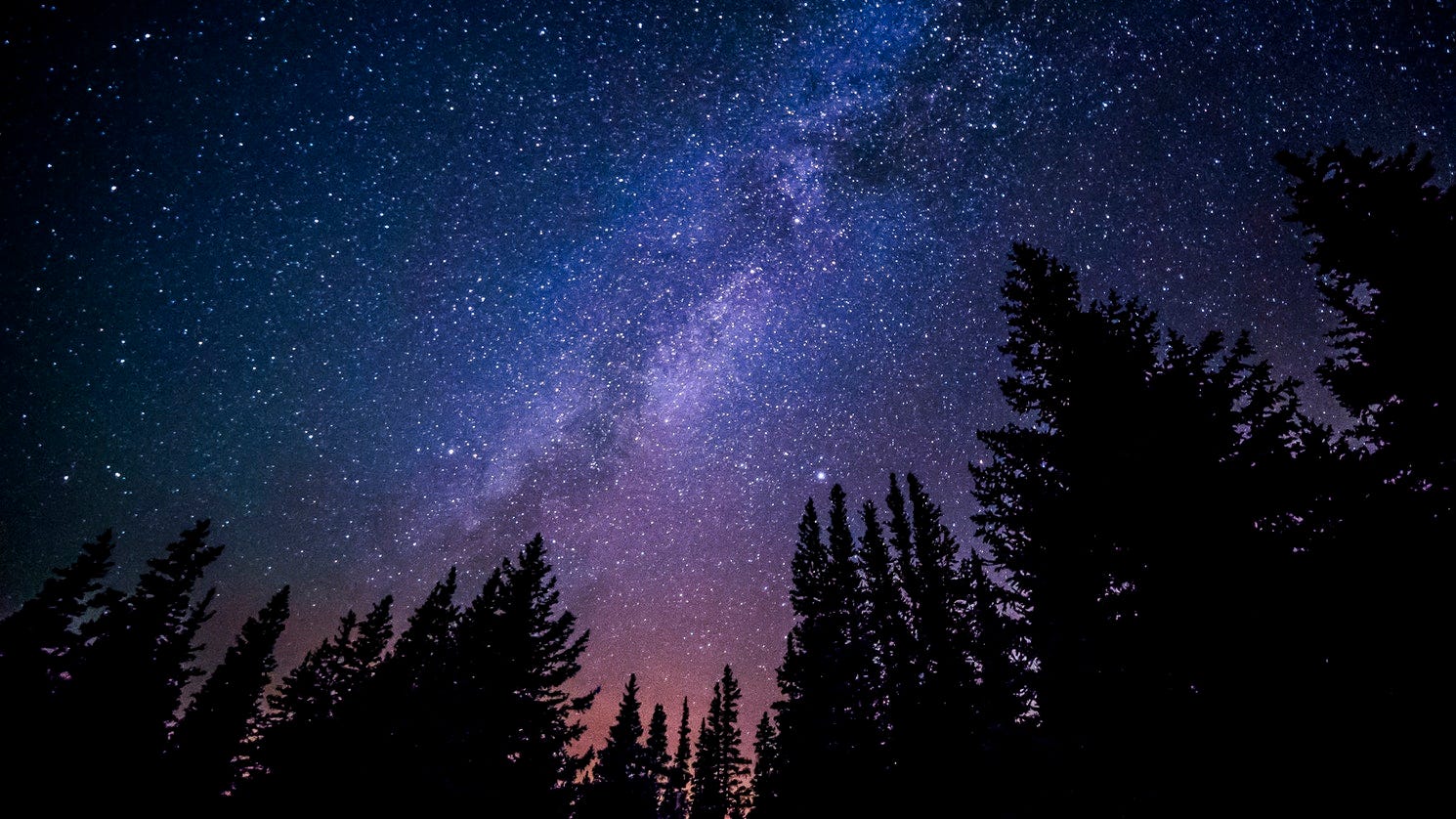To write about climate change or global warming, as a concept that encompasses and affects almost all areas of life, requires delimiting a scope or an approach beforehand. It is simply too big to grasp otherwise. That is why, before diving in through this series, I feel compelled to pick-up my words where I left them in my previous article and to continue exploring the roots of climate change, yet not from a scientific standpoint, but from a conceptual one. To be able to think and to act on this overwhelming phenomenon, with or without putting a label on it, we need, as humans, to understand it. If we are going to assume the responsibility that we have on its acceleration, we must first visualize it and correctly comprehend it. That is, of course, if we manage to overcome the inherent difficulty of talking about something that we are not able to see or touch.
 |
| The complexity of a concept - climate change. |
Climate change is something so big, so complex and so powerful that just imagining it poses a mental challenge, just like it is to imagine the universe. Even if we have a clear idea about whether it affects us or how it does so, climate effects are everywhere, but we only experience them through phases or moments. Climate change consists of many individual elements and it cannot be reduced to them, but only as a whole (think of a heat wave, a flood or a hurricane). We do not perceive climate change as it is, we do not touch it; it absolutely defies the definition of what a thing is; we only see the raindrops, the dry land, the snow, at a specific time. But the fact that we cannot perceive it as a whole does not mean that it does not exist or that the correlation is there.
Read the Medium story by Roger Molins - “The climate change metaphor.”

No comments:
Post a Comment